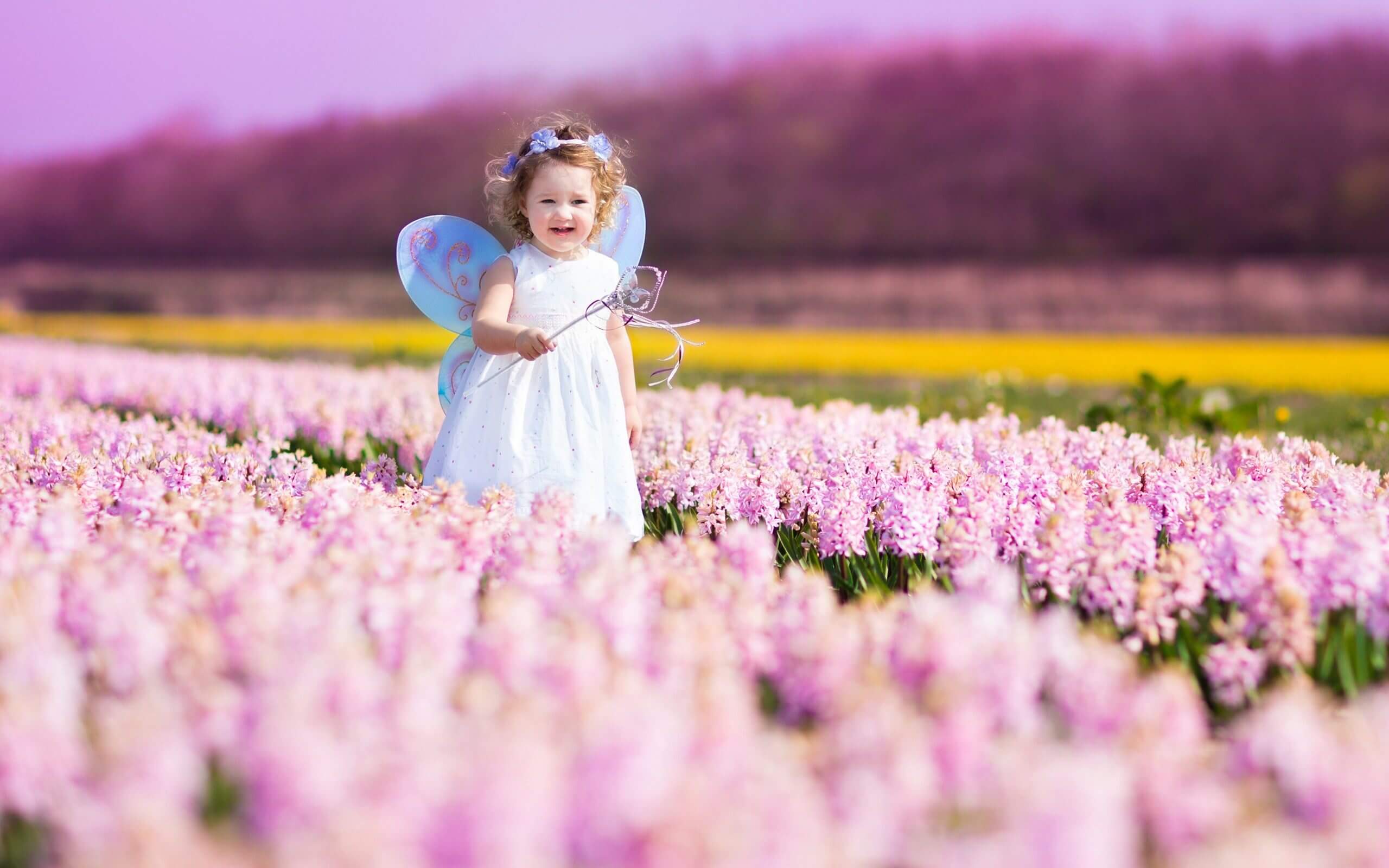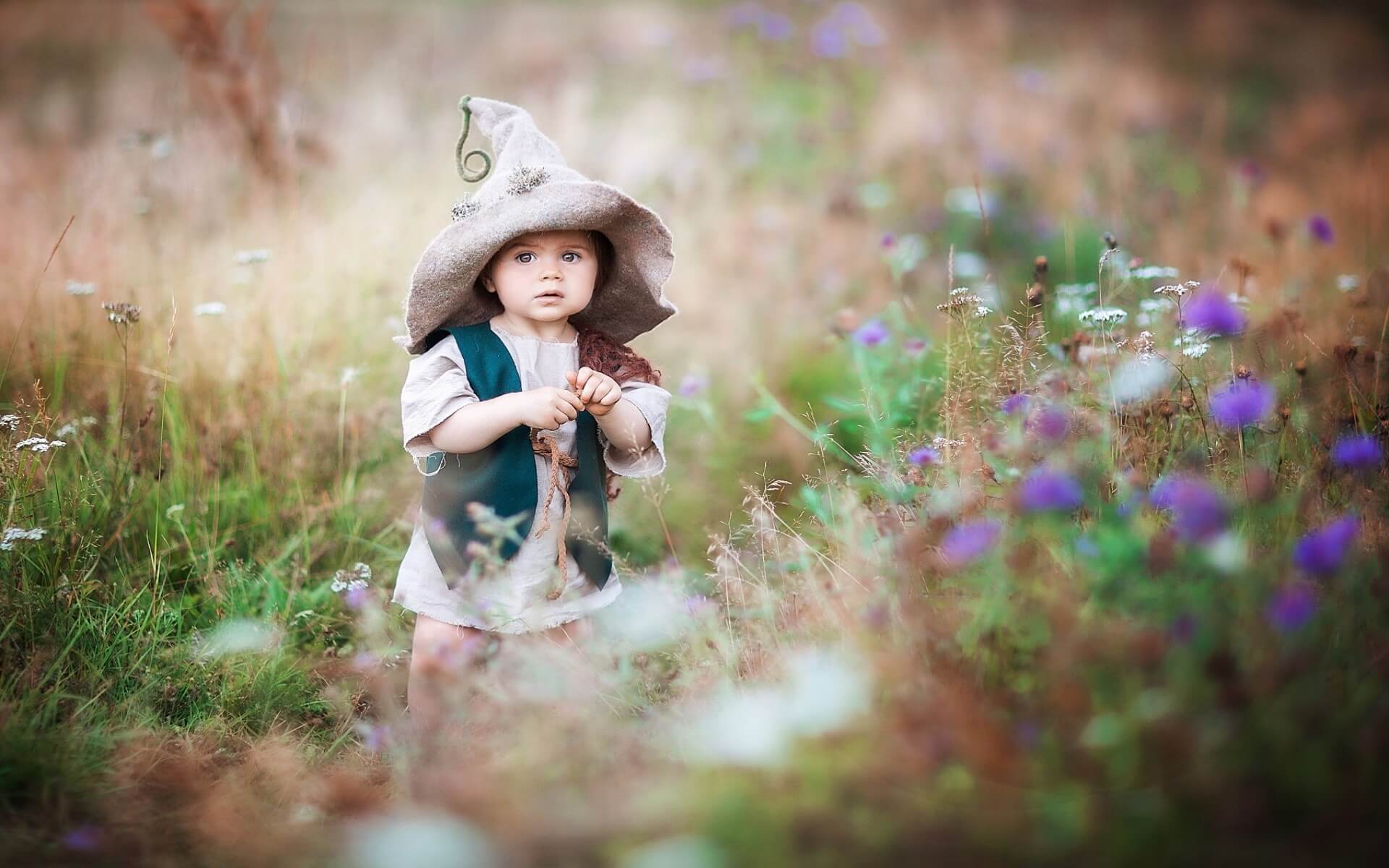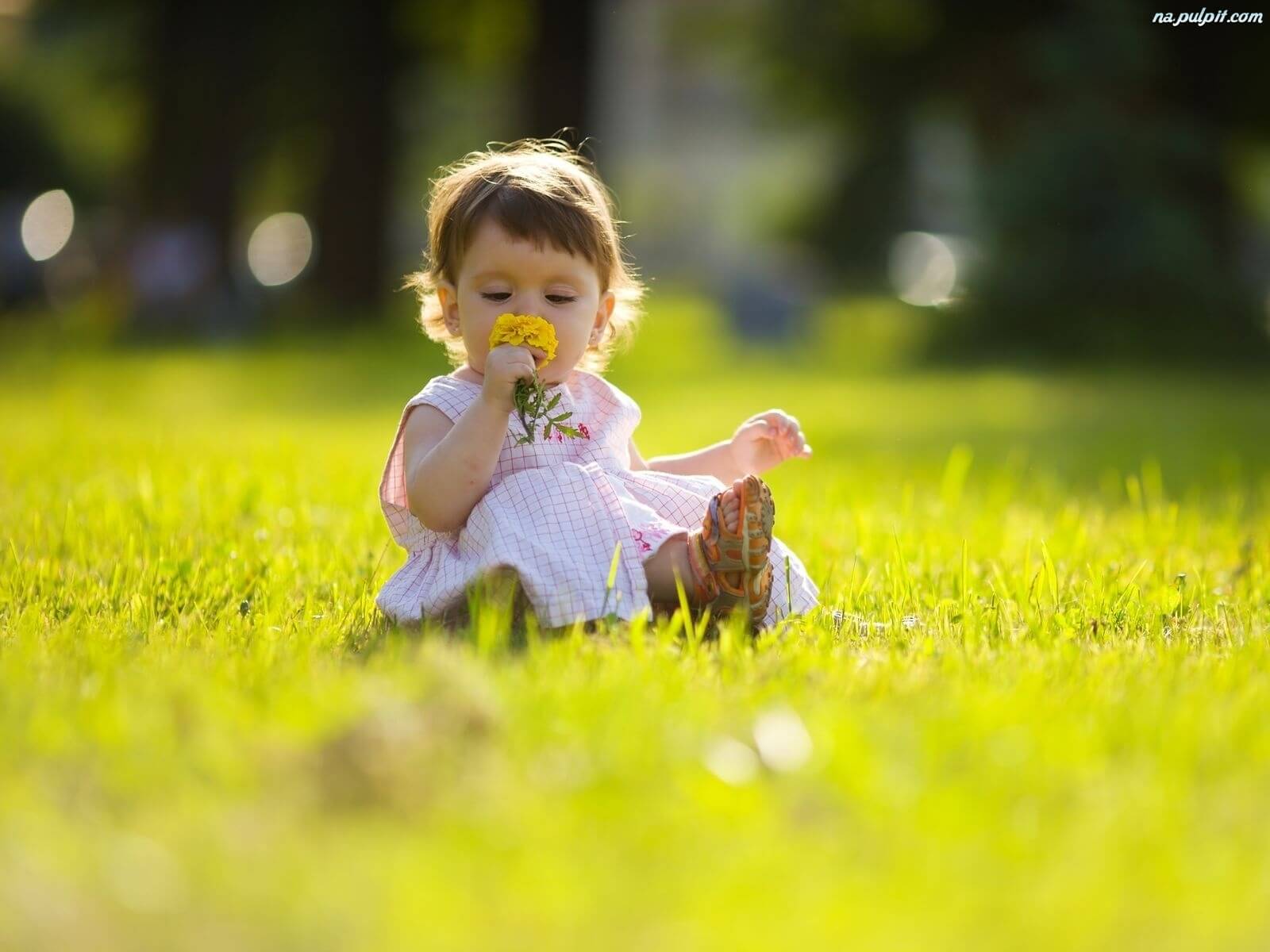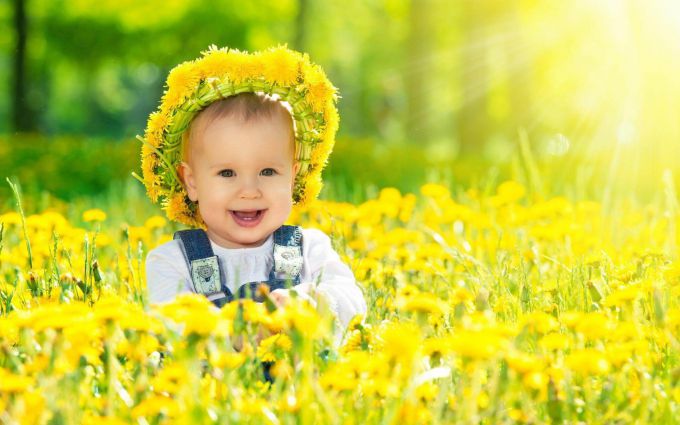Hay fever caused by sensitivity to pollen and flowering. Decided to allocate the seasonal wave of allergies, which correspond to periods of plant growth and weather conditions. In may of allergens is the flowering of birch, alder and oak. At the beginning of summer comes a period of an Allergy to poplar, pine, fir, dandelion, and fescue. In the middle of summer is Linden and meadow grass (Timothy, Wheatgrass, etc.). And in August, quinoa, Artemisia, ambrosia. September is allergic to hay, dry leaves and grass.

Causes of seasonal allergies
The main causes of seasonal allergies – exposure to pollen and substances contained in fruit, berries, vegetables, etc. on the human body. During flowering or when using these products, the likelihood of exacerbation of seasonal allergies increases.
In addition, after the melting of snow in the air together with the dust gets a large number of mold fungi, and chemical substances accumulated in the snow from car emissions and chemicals that contribute to the appearance of Allergy symptomsbefore beginning of flowering: appearance of red spots on the skin, cutting pain in the eyes, runny nose, discomfort in throat, sore throat, cough, urticaria. In the high-risk group in addition to allergies are people with chronic diseases of the skin and upper respiratory tract. The following causes contribute to a predisposition to allergies:
- The hereditary factor (if one or both parents had allergies, the child with a probability of 70%, it will also appear);
- Poor environmental conditions (emissions from industries and car exhaust);
- The tendency of man to other varieties of allergies. In this case, the seasonal allergic disease is a secondary disease;
- The strong sensitivity of the body towards some allergens. The immune system produces antibodies in response to the occurrence of allergens, such as pollen;
- Chronic diseases of the bronchi and lungs;
- A weakened immune system;
- Hazardous work (for example, contact with hazardous substances through the skin, mucous membranes of the eyes, breathing).

The symptoms of spring and summer allergies in children
Seasonal allergies (or hay fever) can have different manifestations: runny nose, sneezing, inflammation of skin (rash, acne, peeling, redness) or even asthma attacks. But most often the symptoms of hay fever are expressed in the form of a runny nose combined with redness of the eyes (including conjunctivitis).
Often people confuse Allergy symptoms with cold symptoms and may start the wrong self. A number of differences allergies from SARS:
- rarely has fever;
- sneezing becomes frequent;
- nasal discharge liquid and have the characteristic of transparency;
- headache as a result of intoxication from the effects of pollen on the body;
- General weakness of the body;
- insomnia;
- itching in nose, throat and ears;
- nasal discharge and itching intensified in dry windy weather and in the rain subside;
- Allergy usually lasts longer than cold symptoms colds usually do not last longer than one week).
Features of Allergy in children
Babies and preschool children seasonal allergies often starts with clear mucus, sneezing and similar to the diathesis rashes and dry patches on the skin, redness, small rash bumps on skin peeling), then turn red, swell and watery eyes. In the initial stages of the disease may be confused Allergy in children with seasonal diseases.
Depending on the intensity of the Allergy may be purulent discharge of the eye (conjunctivitis) and asthma attacks. Sometimes the asthma goes when growing up. Some children have a strong start ears. Preschool child will complain of ear pain mother. And the little younger just will cry and experience pain when pressing on the ear. The street it is impossible to take the life of an adult, and especially a child, where large quantities are received allergens. The main danger of seasonal allergies is that it can connect with allergic reactions to dust or Pets and lead to dermatitis or asthma.

How to treat seasonal allergies in children?
Allergies should be treated not only at the time of exacerbation, but also to carry out preventive maintenance before the Allergy season. To effectively cope with allergies is possible only if the complex treatment, experienced allergies have already managed to see this years.
Comprehensive treatment of of seasonal allergies include a combination of antihistamines with high-quality sorbents, topically used eye drops and nasal spray, skin cream. Antihistamines are a good fighter with an already existing allergic reaction, but it should be remembered that they facilitate the external symptoms of the disease but do not eliminate its causes within the body. Thus, the body continues to feel the effects of allergens, in spite of the relief of external symptoms. Sorbents are capable to get rid of the causes of allergies and to stop the development of allergic reactions. A distinctive feature of the sorbents is its true purpose for removing all harmful.
One of the most effective sorbents is POLYSORB, proven in over 20 years, uses it every third family in Russia.
The advantages of POLYSORB in the treatment of allergies in children:
- The drug quickly eliminates the very cause of allergies;
- Captures and removes allergens from the body without harm to the gastro-intestinal tract;
- The drug is in powder form, faster absorbed than pills and gel) and easy to use (diluted with water, juice, juice can be given to children from the bottle);
- POLYSORB displays only harmful, leaving useful;
- The drug can be used not only for adults but also for children of any age, and pregnant and nursing mothers;
- POLYSORB is recommended only for the treatment of seasonal allergies, but also for its prevention.
When to go to the doctor when the child's allergies?
At the onset of heavy breathing, feelings of breathlessness you should consult a doctor to exclude angioedema, which requires urgent medical treatment. Urticaria also requires a medical examination.
A particular danger symptoms of allergies pose to children, pregnant women and the elderly, for health which is especially important to diagnose the disease and avoid complications.
Preventing seasonal allergies in children
In the house of Allergy sufferers in the period of exacerbation or Allergy season is carried out daily wet cleaning and have a humidifier.
Children with a predisposition to allergies (which have one or both of the parents has a tendency to allergic diseases), it should take longer to breastfeed, and the lure to enter.
You should stick to a hypoallergenic diet, and it means to avoid foods that cause allergic reactions, in order not to aggravate the condition.
Pregnant women should carefully consider the adoption of medicines, since the remedies are quite limited. The treatment is prescribed by a doctor. Sorbent Polisorb can be used in pregnancy and in children from the first days of life.
This article was used the information from this website.
